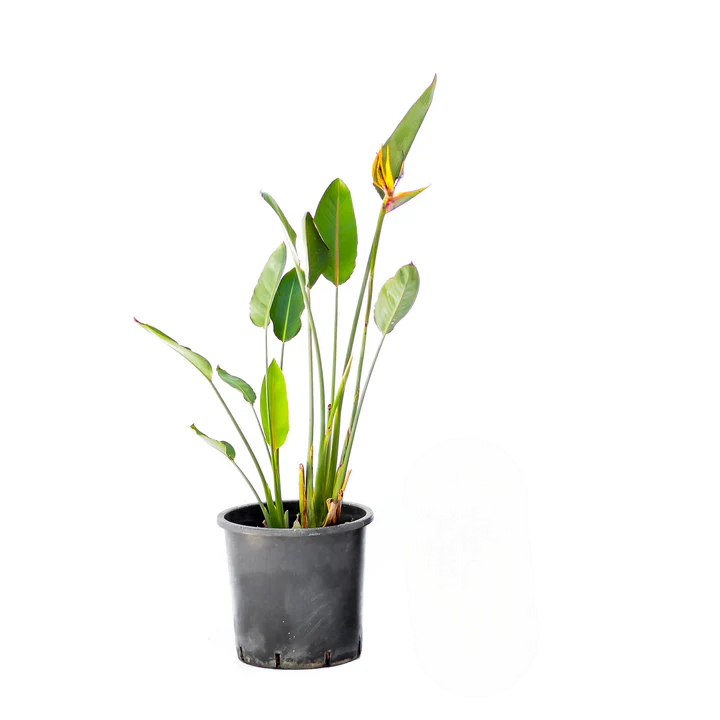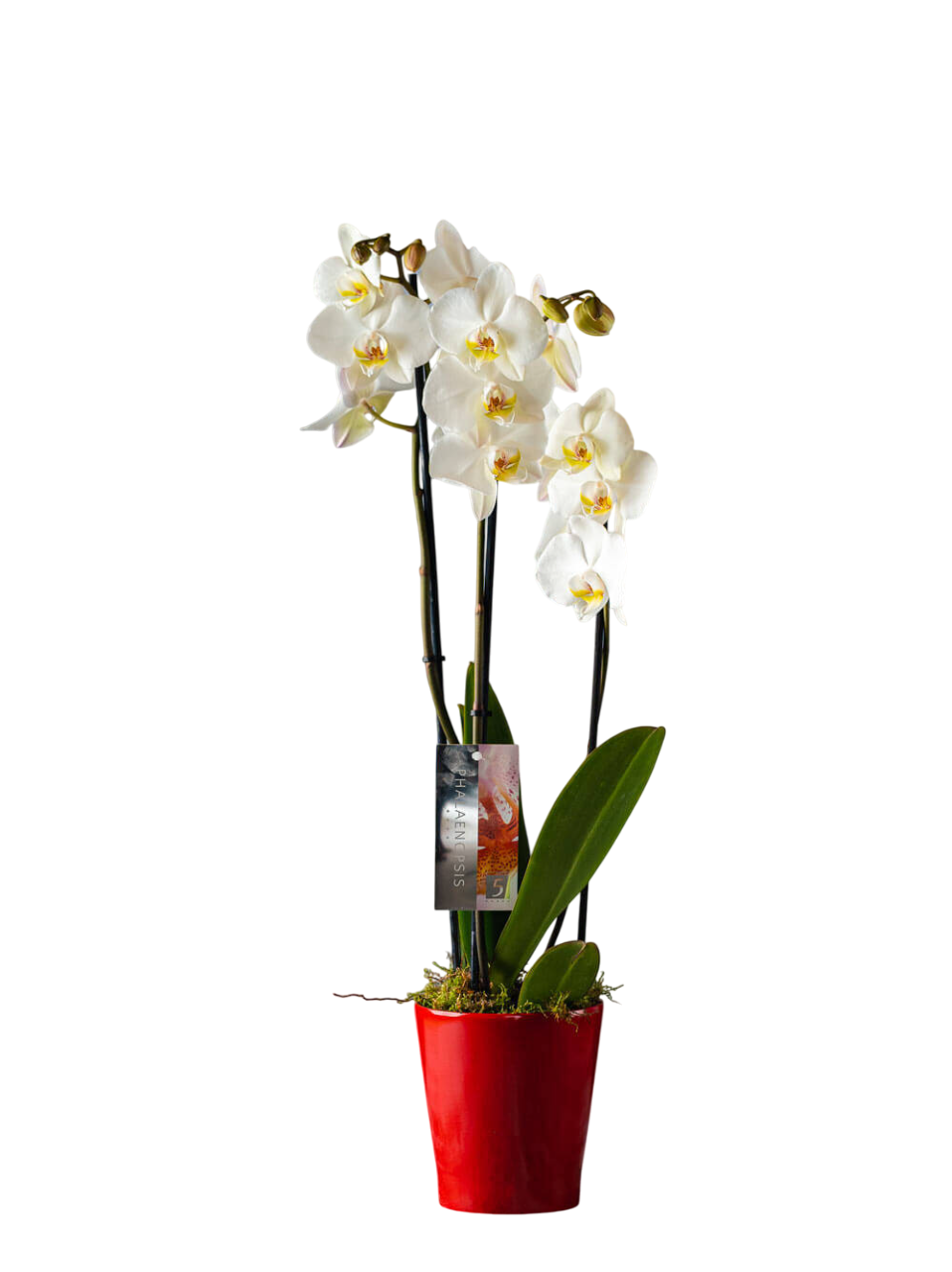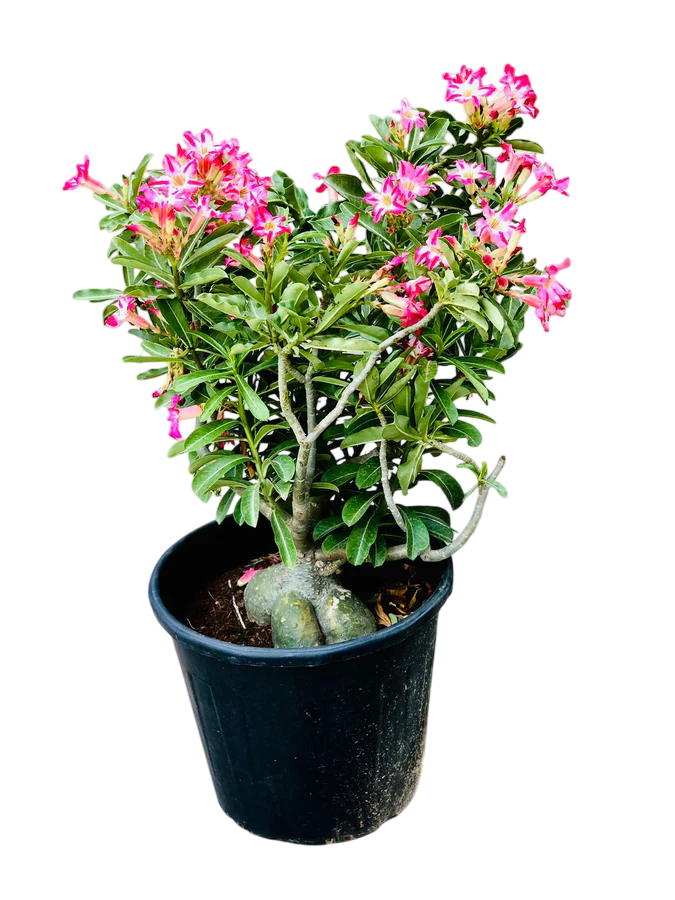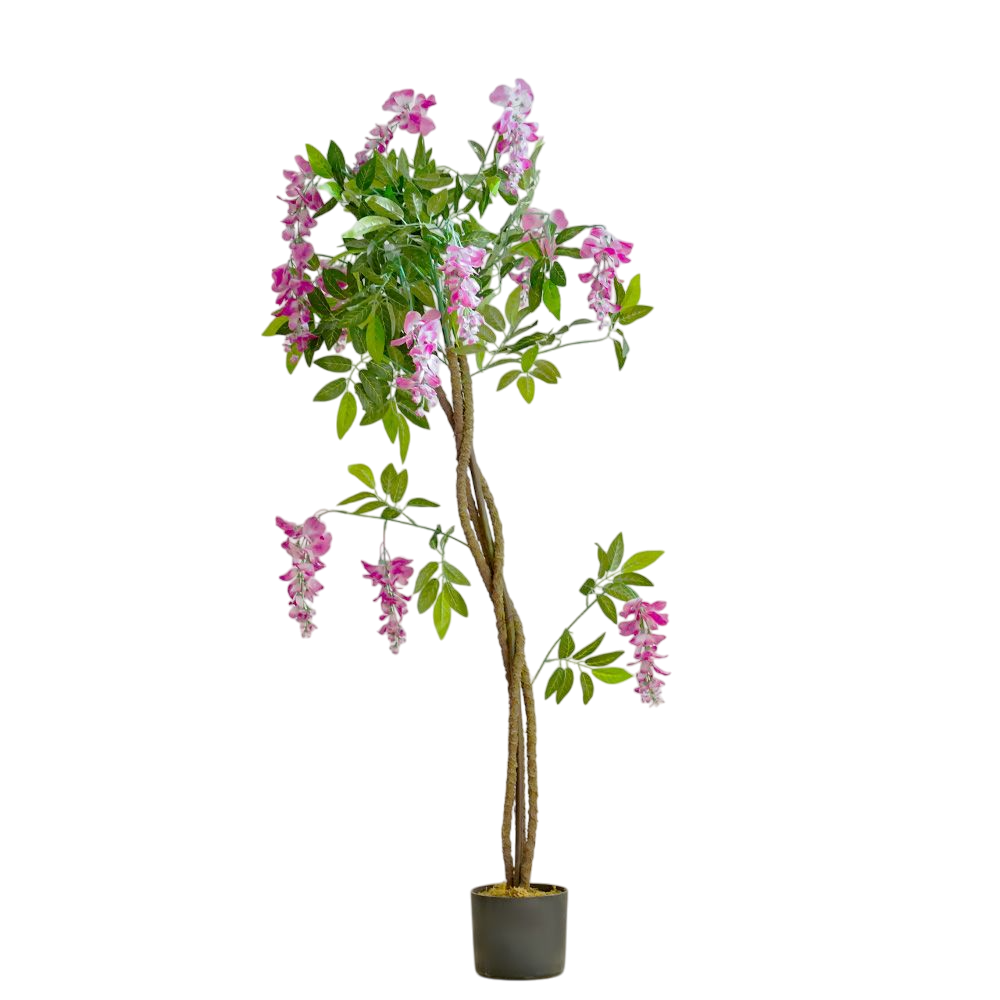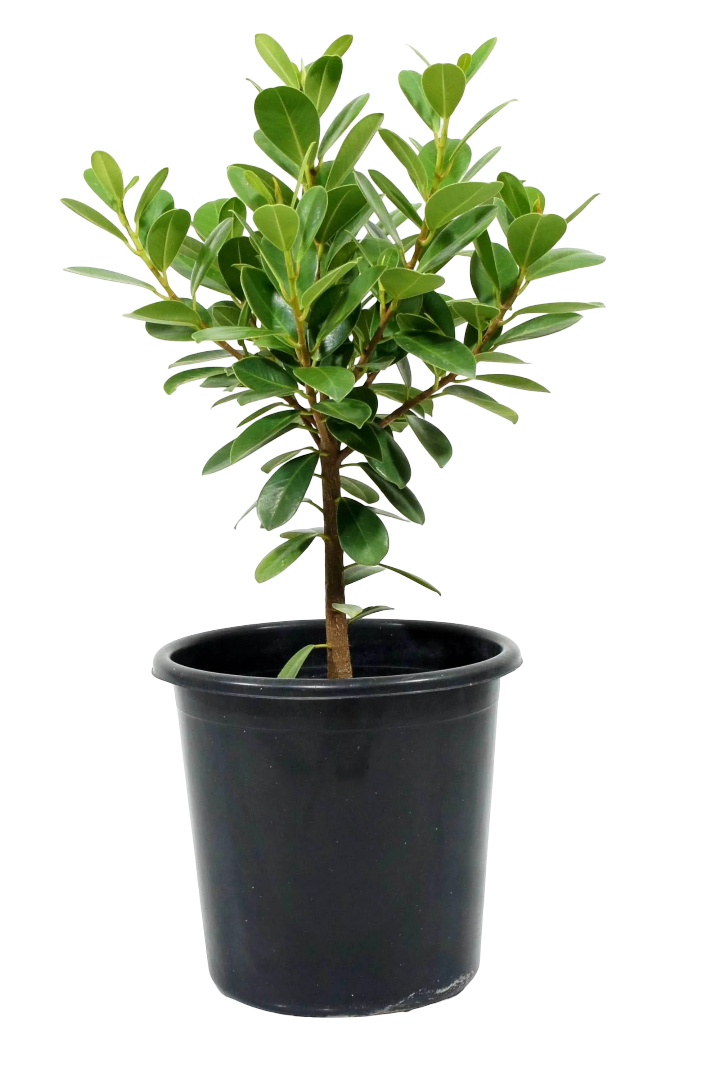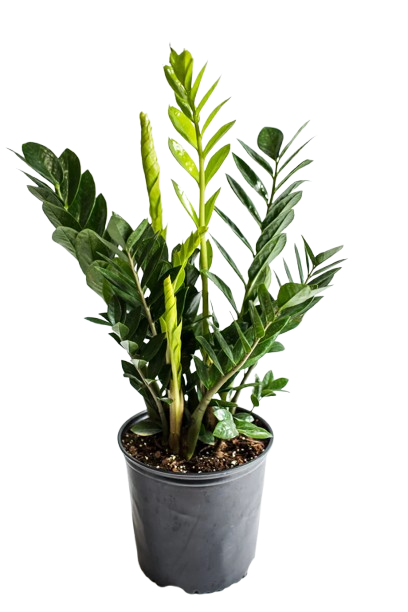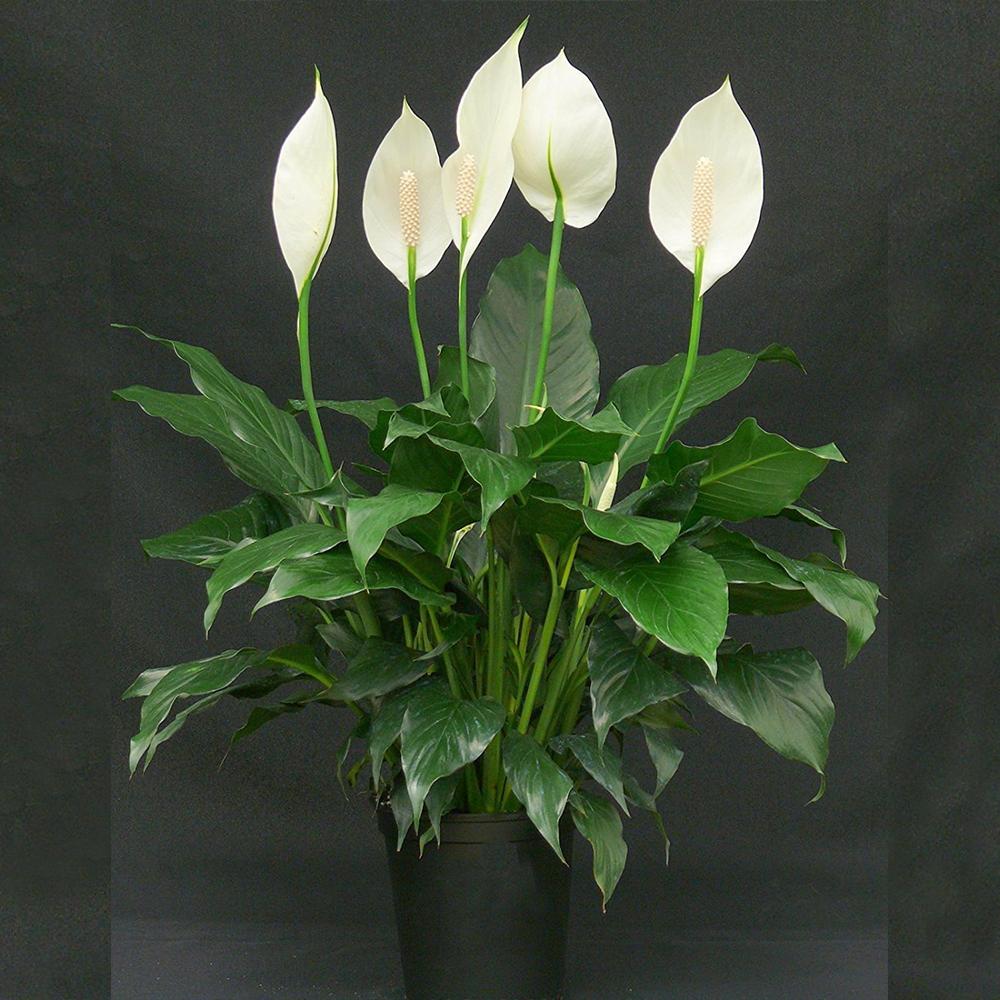
Why Grow Peace Lily?
- Air purifier: Removes toxins like benzene, formaldehyde, and ammonia from indoor air.
- Low maintenance: Tolerant of neglect and forgiving to beginners.
- Year-round beauty: Evergreen leaves and seasonal white flowers enhance indoor decor.
- Grows in low light: Thrives in offices or homes with limited natural light.
- Moisture indicator: Leaves droop when thirsty, helping you avoid over or under-watering.
Cultural & Historical Significance
- Symbol of peace: Its white blooms are often associated with harmony, purity, and remembrance.
- Feng Shui: Believed to promote a calm, peaceful atmosphere and positive energy in a space.
- Gifting tradition: Frequently gifted at weddings, funerals, and housewarmings to convey love and sympathy.
Ideal Growing Conditions in Kenya
- Light: Bright, indirect light is ideal; can also grow in low-light conditions.
- Temperature: Prefers warm climates—between 18°C and 28°C.
- Soil: Well-draining, rich potting mix with organic matter (cocopeat or compost).
- Watering: Water when the top 2–3 cm of soil feels dry; avoid waterlogging.
- Best regions: Nairobi, Kiambu, Kajiado, Nakuru, Eldoret—anywhere with stable indoor temps.
How to Plant a Peace Lily
- Choose a container with drainage holes or a shaded ground spot for outdoor planting.
- Fill with well-draining indoor plant mix or garden loam with compost.
- Gently remove plant from nursery bag and place it at the same soil level.
- Backfill with soil, press lightly, and water thoroughly.
- Place in indirect light and keep soil consistently moist (not soggy).
Peace Lily Care Tips
- Watering: Water every 5–7 days or when the plant droops slightly.
- Feeding: Use a balanced liquid houseplant fertilizer every 4–6 weeks during growing season.
- Pruning: Trim yellow leaves and spent blooms to encourage new growth.
- Humidity: Mist occasionally in dry indoor environments or place near a pebble tray.
- Repotting: Repot every 1–2 years when roots start circling the pot.
Pests & Diseases
- Mealybugs: White cottony pests on leaf joints—treat with neem oil or insecticidal soap.
- Root rot: Caused by overwatering or poor drainage—ensure well-aerated soil and proper pot drainage.
- Fungal leaf spots: Avoid overhead watering and improve air circulation.
Is Peace Lily Safe for Pets?
⚠️ Caution: Peace Lily contains calcium oxalate crystals, which are toxic to cats and dogs if ingested. It may cause mouth irritation, drooling, or vomiting. Place out of reach or choose pet-safe alternatives if needed.
Growing in Containers
Peace Lilies thrive in pots with proper drainage. Use 20–30 cm wide containers with rich indoor mix. Perfect for indoor decor, hotel lobbies, offices, or balconies. Rotate monthly for even growth and leaf shine.
Where to Buy Peace Lily in Kenya
You can shop healthy, vibrant Peace Lily plants from Planters.co.ke. We offer both potted and bagged options, with delivery and expert planting advice across Kenya.
Final Thoughts
The Peace Lily is more than just a pretty face. It’s a natural air purifier, a stress-reducing indoor companion, and a symbol of peace. With simple care and the right environment, this elegant plant will brighten up your space and spirit—naturally.
Planters.co.ke is your trusted source for plants, pots, and all things green in Kenya. From starter herbs to exotic indoor plants, we help you grow beautiful spaces—naturally.
Recent Posts
- Dahlia plants: Planting, Care & Blooming Guide
- Scarlet Sage plant: Growing, Care & Garden Benefits
- Colour Lily Bulbs in Kenya: Planting, Care & Blooming Guide
- Christmas Lemon Cypress tree: Festive Charm, Care Tips & Indoor Growing Guide
- How to Select Potting Medium & Fertilizers for Your Plants : A Complete Guide

